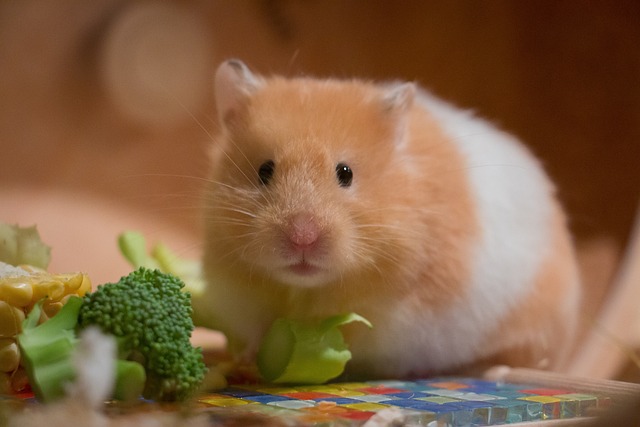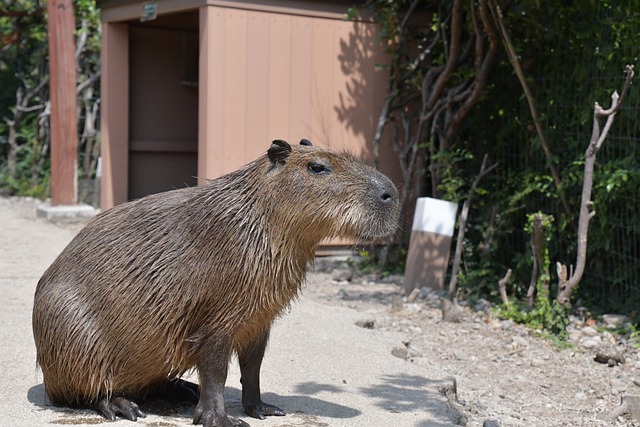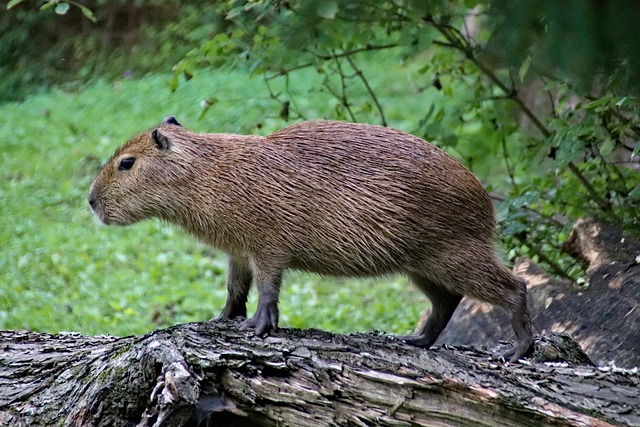Hamsters are adorable little creatures that require a balanced diet to maintain their health and well-being. While they primarily feed on commercial hamster food, they can also enjoy a variety of fresh fruits and vegetables.
However, if you’re a new hamster owner, you may wonder what baby food your furry friend can safely consume.
Fortunately, there are several types of baby food that hamsters can eat. Some popular options include pureed carrots, sweet potatoes, and applesauce.
These baby foods are rich in vitamins and minerals essential for a hamster’s health.
However, it’s important to note that not all baby foods are safe for hamsters, and some may even be harmful. Therefore, it’s crucial to do your research before introducing any new foods into your hamster’s diet.
Baby Food for Hamsters
When it comes to feeding hamsters, choosing the right foods to keep them healthy is essential. Many wonder if baby food is a good option for their furry friends. Here’s what you need to know about feeding baby food to hamsters.
Safe Baby Foods
Several types of baby foods are safe for hamsters to eat. These include:
- Pureed fruits and vegetables: Apples, bananas, carrots, and sweet potatoes are good options.
- Plain oatmeal: This can be a good source of fiber for hamsters.
- Rice cereal: This is a good source of carbohydrates.
- Yogurt: Hamsters can eat plain, unsweetened yogurt in small amounts.
Unsafe Baby Foods
While some baby foods are safe for hamsters, others should be avoided. These include:
- Foods with added sugar: Hamsters are prone to diabetes, so avoiding foods with added sugar is essential.
- Foods with added salt: Too much salt can be harmful to hamsters.
- Foods with added spices: Spices can upset a hamster’s stomach.
Reading the ingredients on baby food labels before feeding them to your hamster is essential. If you’re unsure if a certain baby food is safe for your hamster, it’s best to err on the side of caution and avoid it.
In conclusion, baby food can be a good option for hamsters if you choose a suitable type of food. Stick to pureed fruits and vegetables, plain oatmeal, rice cereal, and unsweetened yogurt. Avoid foods with added sugar, salt, and spices.
Preparing Baby Food for Hamsters
When it comes to feeding hamsters baby food, it’s important to ensure the food is prepared correctly. Here are some tips on how to prepare baby food for your hamster:
Mashing and Blending
The first step to preparing baby food for hamsters is to mash or blend the food into a smooth consistency. This is important because hamsters have very small mouths and can choke on large chunks of food.
You can use a fork or a potato masher to mash the food. To blend the food, you can use a blender or food processor. It’s important to note that you should never add any sugar or salt to the baby food, as this can harm your hamster.
Portion Control
Once you have prepared the baby food, you must ensure that you are feeding your hamster the correct portion size. Hamsters are small animals and only need a small amount of food daily. Therefore, overfeeding can lead to obesity and other health issues.
A good rule of thumb is to feed your hamster no more than a teaspoon of baby food daily. You can split this into two or three smaller feedings throughout the day. It’s also essential to always provide your hamster with fresh water.
In conclusion, preparing baby food for hamsters is simple if you follow these tips. By mashing or blending the food and controlling the portion size, you can ensure your hamster gets the nutrients it needs without any harm.
Hamster Diet Basics
When it comes to feeding a hamster, it is essential to ensure its diet is balanced and nutritious. A well-balanced diet that includes a variety of foods will help keep a hamster healthy and happy. This section will cover what to avoid and what to include in a hamster’s diet.
What to Avoid
Hamsters have sensitive digestive systems, so avoiding certain foods that can cause health problems is essential. Here are some foods to avoid:
- Citrus fruits: Hamsters cannot digest citrus fruits, which can cause diarrhea and other digestive problems.
- Sugary foods: Hamsters are prone to diabetes, so avoiding sugary foods like candy and chocolate is essential.
- High-fat foods: Hamsters are prone to obesity, so avoiding high-fat foods like cheese and fatty meats is essential.
What to Include
A hamster’s diet should include various foods to ensure they get all the nutrients they need. Here are some foods to include:
- Pellets: A good-quality hamster pellet should be the basis of a hamster’s diet. Pellets provide a balanced mix of nutrients and are easy to digest.
- Fresh fruits and vegetables: Small amounts of fresh fruits and vegetables can be added to a hamster’s diet. Some good options include carrots, apples, and broccoli.
- Protein: Hamsters need protein in their diet, which can be found in foods like cooked chicken, boiled eggs, and tofu.
In addition to these foods, hamsters also need access to fresh water. A water bottle is the best way to provide water, as it keeps the water clean and prevents spills.
A hamster’s diet should be balanced and nutritious, focusing on high-quality pellets and fresh fruits and vegetables. Avoiding certain foods and including others can help ensure your hamster stays healthy and happy.
Conclusion
In conclusion, hamsters can eat some types of baby food as a treat, but it should not be a staple. In addition, it is essential to choose baby foods low in sugar and salt and avoid products containing artificial sweeteners or preservatives.
When feeding baby food to a hamster, it is recommended to start with a small amount and monitor their reaction. If the hamster shows signs of digestive upset or other adverse effects, discontinue the use of baby food.
It is also important to note that baby food should not replace a hamster’s regular diet of fresh vegetables, fruits, and high-quality hamster food. These foods provide the nutrients and fiber a hamster needs to maintain good health.
Overall, baby food can be a fun and tasty addition to a hamster’s diet, but it should be used in moderation and with caution. As with any new food, it is always best to consult a veterinarian before making significant changes to a hamster’s diet.









